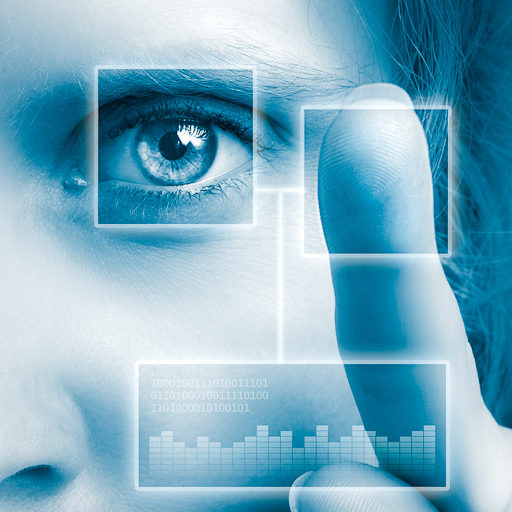Estimated reading time 7 minutes, 18 seconds.
“Time to spare? Travel by air.”
That’s often the refrain of frustrated travellers trapped in long lines at airports around the world.

But two companies are hoping to shorten those waits by harnessing the latest facial recognition technology in a new product called Fly to Gate.
It uses facial recognition within an airport or airline’s self-check-in app or self-service kiosk. All users have to do is take a “selfie” and Fly to Gate will verify that it’s the correct person checking in, with the appropriate documentation.
The app was designed by Gemalto, an international leader in the secure electronic documents and security solutions business for more than 20 years; and IER, a global trailblazer in the design, production and marketing of solutions for major passenger transport networks.
Fly to Gate provides secure biometric authentication from check-in to boarding.
“It’s a new technology that I think a lot of airports and airlines are looking at in terms of becoming more efficient in how they provide a passenger experience,” said Neville Pattinson, senior vice-president of Gemalto government programs.
By supporting multimodal biometric verification including facial recognition, document verification and straightforward integration with immigration systems, Fly to Gate enables thorough standards of security and outstanding operational efficiency for airports and airlines.
“The facial match is performed on a remote secure server (rather than in the kiosk or app itself) and a score is used to set a matching threshold,” said Pattinson. “The result is then securely sent back to the kiosk or app to provide verification. This is just one representative part of the process that demonstrates how security has been built into Fly to Gate.”
The mobile app can be used anywhere. Users simply take a photo of their documents and a picture of themselves, and the app verifies all the information and matches the photo to the documents in a matter of seconds. If the photo can’t be determined, the app will notify the user to try again until a readable photo has been submitted.
“Once we have those images in the computer system it can come up with a match very, very quickly–less than half a second–and it can come back and say this is a genuine document,” said Pattinson.

A second option for those who are not so tech savvy is a kiosk at the airport, which will have a scanner instead of the user having to take a photo with their smart phone.
“Everything can be done at the kiosk for those who don’t really use the mobiles or do all the photos. They can arrive at the airport and use the kiosks to do the same thing,” said Pattinson. “Scan their passport photos and documents, look at the camera [for a selfie] and get their boarding passes, etc.”
Fly to Gate could also provide secure biometric authentication when boarding an aircraft. A camera positioned at the gate would use facial recognition technology to verify the identity of each passenger.
“It will speed travellers through arrivals, going through security and going up to the gates. Then, maybe, hopefully, automation for boarding will be part of this if airlines will take it that far. It could be quicker and more efficient for them.”
Gemalto and IER are hoping Fly to Gate will be incorporated into already-existing airline and airport self-check-in apps within a year.
“We’re introducing techniques that really start to bring efficiencies and also some extra security and assurance,” added Pattinson.
“[Right now], it’s an announcement of the partnership and the creation of this technology,” he said. “There’s a great desire and a lot of interest for us to now provide this technology to stakeholders, airlines and airports.”
Pattinson said once airports and airlines incorporate this biometric capability, it can be used in new ways and not just for the check-in process. The companies are looking at a self-bag-drop option as well.
“Having used the kiosk or used your mobile app, when you arrive you still have to get your bags checked in, so somebody, traditionally, has to print those bag tags and then take those bags and put them on the belt, and so forth,” added Pattinson.
“We’re now looking at once you arrive at the airport, you approach a kiosk where you can get the bag tags printed and then go over to another self-bag-drop, or more likely, an entire self-bag-drop unit, which will already know you’ve checked in.”
All guests will have to do is enter the amount of bags, and the kiosk will print out bag tags and open the gate. “You will put the bags in, [check the tags], close the gate, and send them off and there will be no agent at all. So it’s becoming more efficient for airlines not to have somebody standing there.”
Fly to Gate has the potential to automate almost all traveller handling processes and would reduce the amount of time passengers spend waiting. With shorter wait times and less stress, people can enjoy more time in airport stores or a meal before boarding.
With locations in France, Canada, the U.S., and 48 countries worldwide, Gemalto is “certainly keen to see the technology adopted as widely as possible,” concluded Pattinson. “We’re working with a bunch of opportunities at the moment.”








